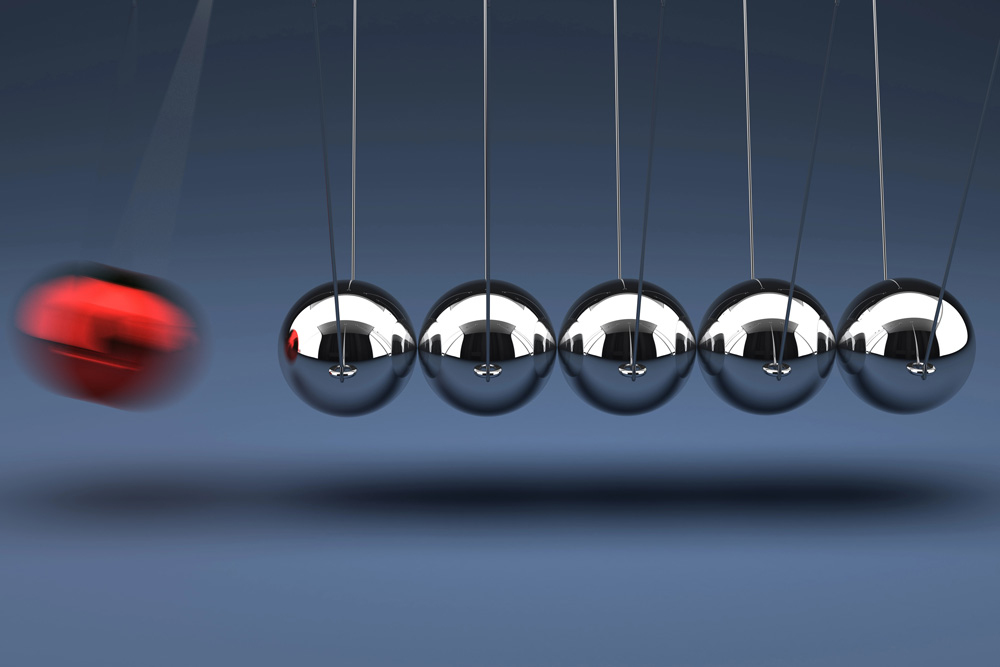The members of the MIT First Nations Launch team had never built a drone before when they faced the 2024 NASA First Nations Launch High-Power Rocket Competition. This year’s challenge invited teams to design, build, and launch a high-power rocket carrying a scientific payload that deploys mid-air and safely returns to the ground, integrating Indigenous methodologies.
The eight-student team of all Indigenous students earned the compatition's grand prize, as well as first place in the written portion.
Deploying a drone from a rocket
Building even the simplest drone demands precise calculations of weight, power, and functionality. But this drone had extra layers of complexity. It needed to fold inside the 7.5-inch diameter rocket and deploy to a full 16 x 16-inch configuration. Team captain and rising junior Hailey Polson explains: “The arms of the drone, which hold the propellers, need to lock in place. Once it unfolds, you don't want it to re-fold while you’re trying to fly it around. Therefore, you need to have some kind of locking mechanism, as well as a mechanism to ensure it extends and unfolds properly.”
Deploying the drone from the rocket presented a significant challenge. The competition required that the drone’s separation from the rocket could not rely on gravity. To ensure successful deployment, the students planned to use a black powder charge to push the drone from an interior rail, but they had no prior experience testing explosives to see if it would work as intended. So, the team enlisted the expertise of their friends from the MIT Rocket Team, who helped conduct black powder testing in the MIT blast chamber.
Despite all these difficulties, the team decided to rise to the challenges of the competition yet again by designing their own parachute release mechanism, while many teams opted for commercial ones. They used an Arduino controller, a servo, and a special snap shackle. “We tested around 15 different ones because it’s pretty difficult to find something that a servo motor can easily pull and actually release in the correct way,” Polson says.
Once the parachute is released, the drone must be piloted to a safe landing. Nicole McGaa ’24 and second-year student Alex Zhindon-Romero took the FAA Part 107 drone pilot exam so they could legally pilot the drone.
The advantages of an all-indigenous team
According to a 2021 report from the U.S. National Science Foundation, Native Americans formed only 0.6 percent of the STEM workforce.
Polson grew up on the Cherokee Nation Reservation of Claremore, Oklahoma, where she enjoyed being surrounded by other people in her tribe and celebrating her rich culture. “I want to set an example for other people from my background that they can attend MIT, be a rocket scientist, and do basically anything they want and still feel connected to their community.”
Polson planned to join an Edgerton Center build team when she came to MIT, “but I never imagined there would be enough interest for an all-Indigenous build team,” she says. “It's special because any build team forms a unique bond between the members and fosters a great sense of community. However, having that extra layer of shared values, aspirations, and backgrounds has really gone a long way in driving us towards the same goals. We are not only committed to excellence in engineering and achieving the tasks they ask of us, but also to helping each other and finding excellence within ourselves as engineers.”
The MIT First Nations Launch team was formed in 2022 to participate in the annual NASA Artemis student challenge. The team uses Indigenous methodologies and structures to learn and understand how engineers can shape the world through aerospace and beyond. Polson describes their Indigenous approach as “prioritizing both the human aspect, focusing on the interactions between our teammates, and making sure that they are getting everything they need out of this, as well as on the impacts beyond that, with outreach, education, and the environment.”
Professor J. Kim Vandiver, director of the Edgerton Center, says, “We non-Native American engineers have a lot to learn from these students. I am particularly drawn to their more holistic view of life and the interconnectedness of everything we do and the world in which we live.”

 1 month ago
32
1 month ago
32

